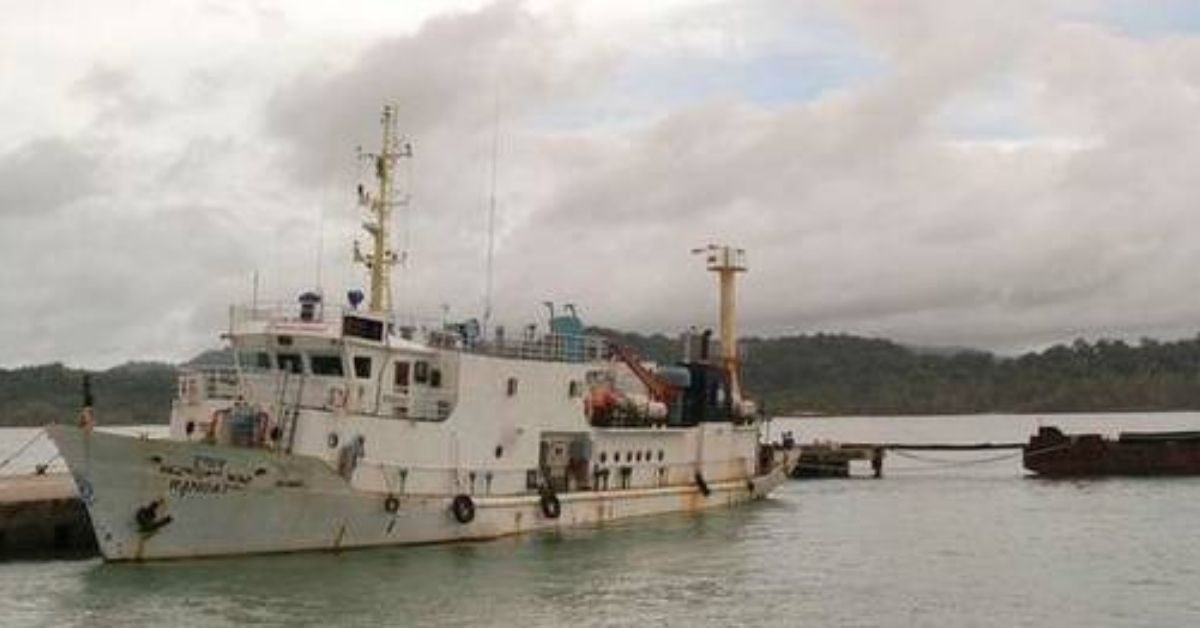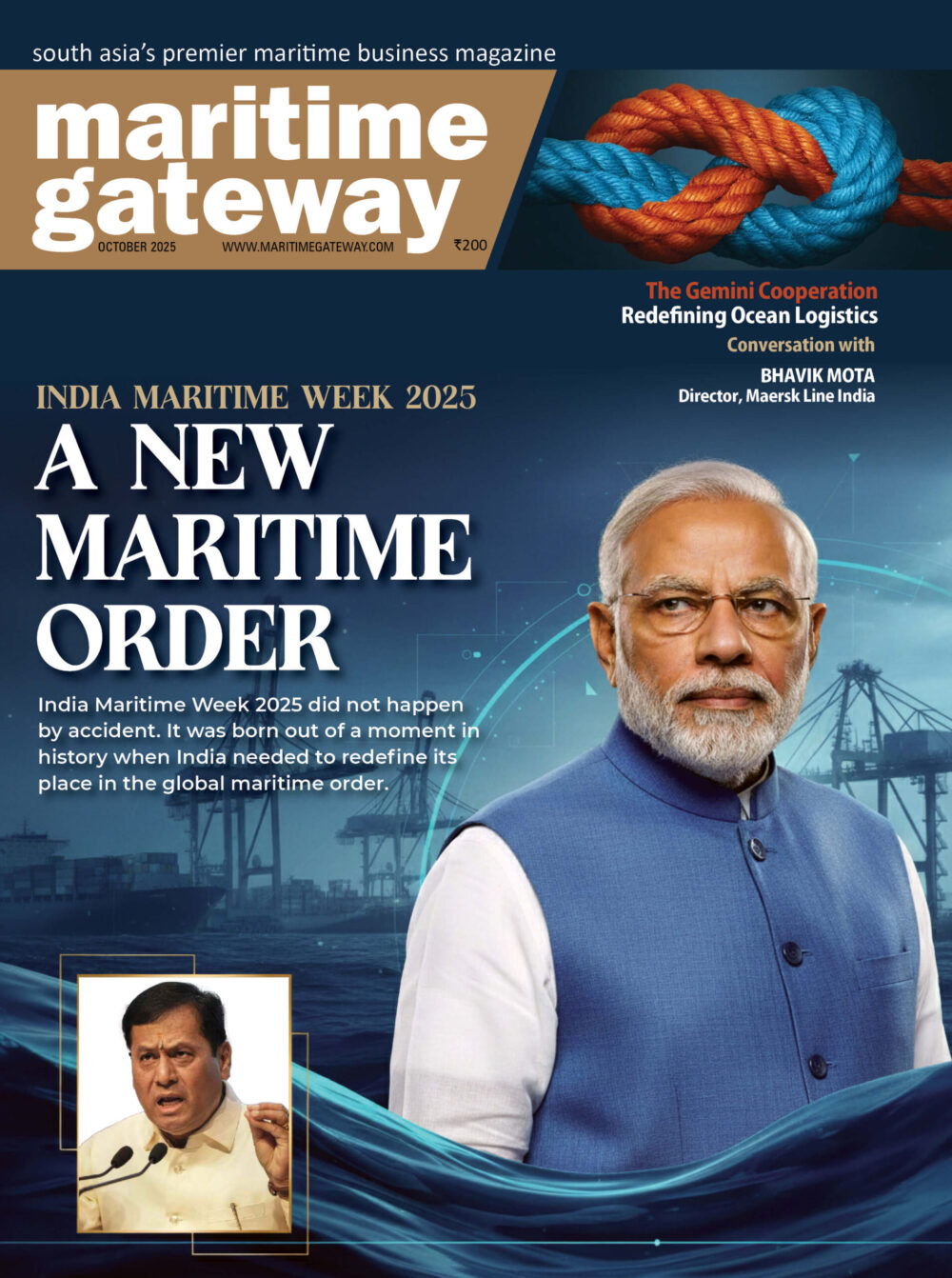The Centre has taken the first steps to build a container transshipment terminal at Great Nicobar Island as it looks to set up more such hubs within the country to send and receive container cargo.
The Ministry of Ports, Shipping and Waterways has asked the Andaman and Nicobar Administration, which is helming the project, to engage AECOM (the consultant engaged by NITI Aayog for developing the master plan of the Great Nicobar Island) as the Project Management Consultant for constructing a container transshipment terminal at Campbell Bay in Great Nicobar Island, according to government sources.
A techno economic feasibility report for the project has been prepared by WAPCOS.
Of the more than 16.1 million twenty-foot equivalent units (TEUs) handled at India’s ports, nearly 75 per cent (12 million TEUs) was gateway cargo, while about 25 per cent was transshipped en-route to final destinations.
Currently, nearly 75 per cent of India’s transshipped containers are handled at ports outside India. Colombo, Singapore and Port Klang handle more than 85 per cent of this with Colombo alone handling about 2.5 million TEUs.
India needs to set up transshipment port alternatives that can match competing international ports with regard to location, draft and overall cost economics, according to the Maritime India Vision 2030, a ten-year blueprint for the maritime sector unveiled by Prime Minister Modi in March this year.
Loss of revenue
Indian ports lose up to $200-220 million of potential revenue each year on transshipment handling of cargo originating/destined for India. The loss is even higher when considering the opportunity to handle cargo emerging from other countries in the region, the vision document said.
“Given the extra port handling charges incurred at the transshipment hubs, transshipment of cargo results in logistic cost inefficiencies for Indian industry. The additional port handling cost is to the tune of $80-100 per TEU, which could be saved if the container was imported/exported as direct gateway cargo instead of being transshipped,” the document pointed out.
With 75 per cent of the country’s transshipment cargo being handled at international ports, it makes Indian industries vulnerable to increase in costs, potential inefficiencies, and congestion issues and creates long-term risks for India’s trade competitiveness, it said.
A strong economic case, therefore, exists for enabling a transshipment hub in Southern India that can attract Indian and regional transshipment traffic from the current hubs, save significant revenue loss, reduce logistics inefficiencies for Indian trade, reduce risks to the country’s export competitiveness and create an opportunity for India to become a large hub for Asia-Africa, Asia-US/Europe container traffic trade.
Vizhinjam, Kanyakumari region and Campbell Bay are promising locations given their position at about 6-10 nautical miles (NM) deviation (0.5-1 hours) from the Suez route with potential for deep draft of 20 metres, factors that influence selection of transshipment locations.
Accordingly, the vision document suggested prioritising development of Vizhinjam in the short-term by providing required support from the Central government.
It also suggested setting up additional transshipment hubs in the Kanyakumari region and Campbell Bay in a phased manner and to enhance transshipment volumes at Vallarpadam.
Source : The Hindu Businessline









